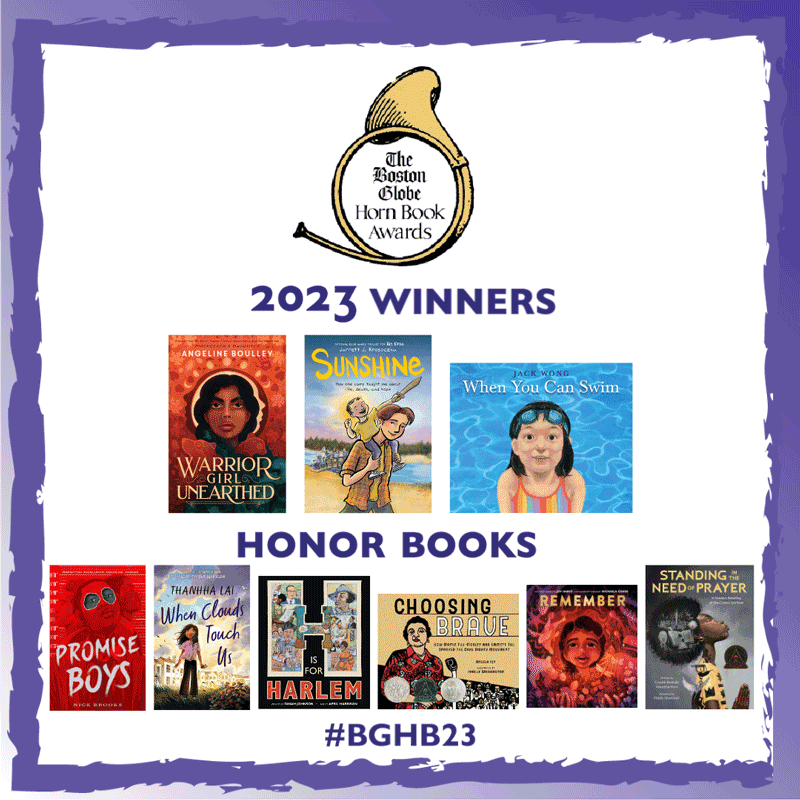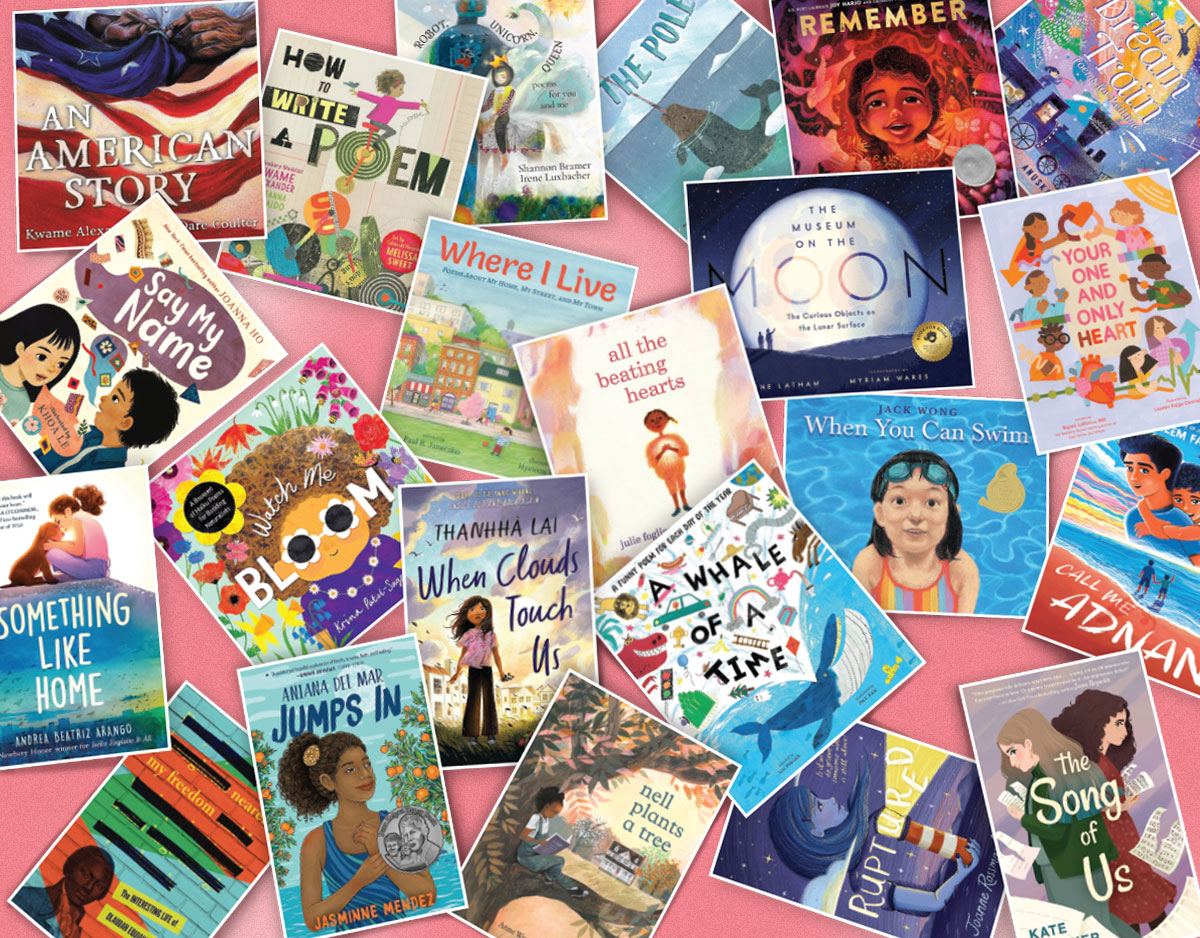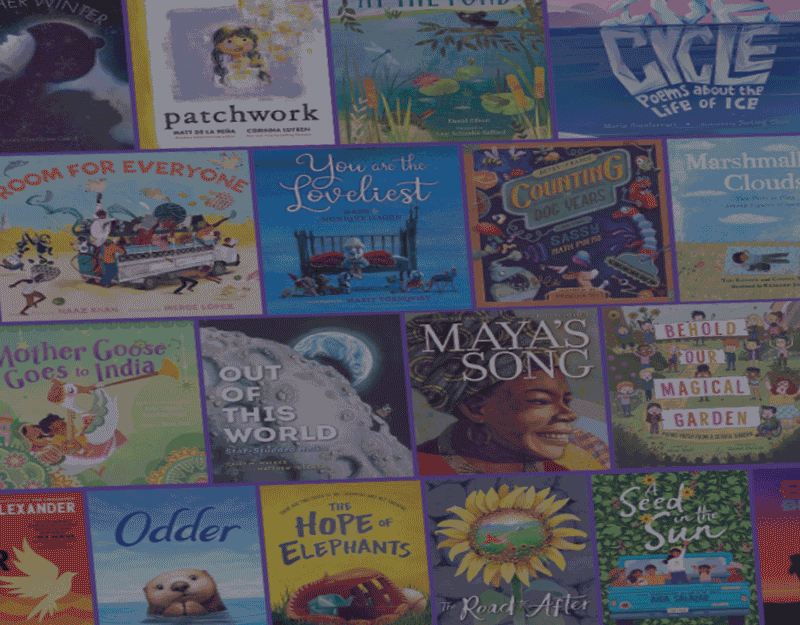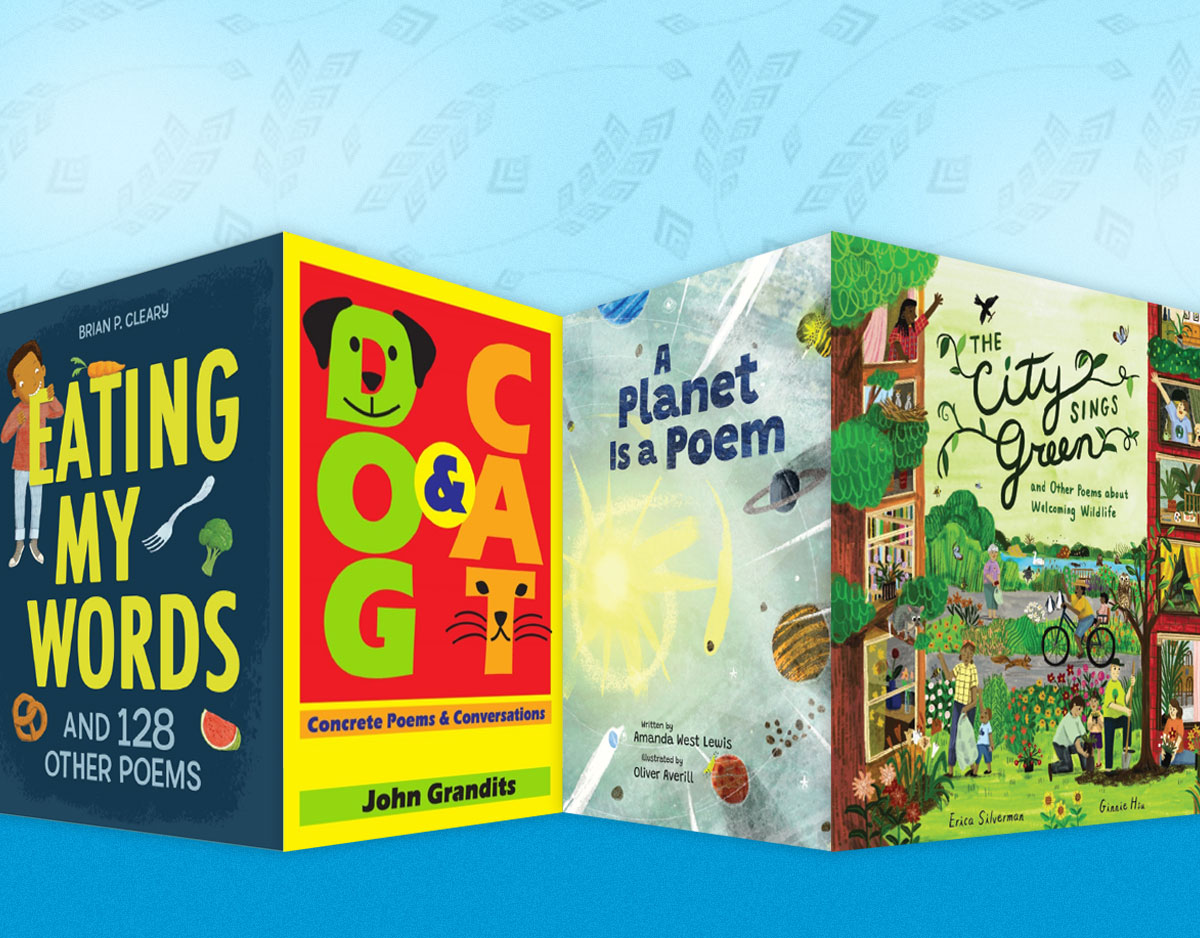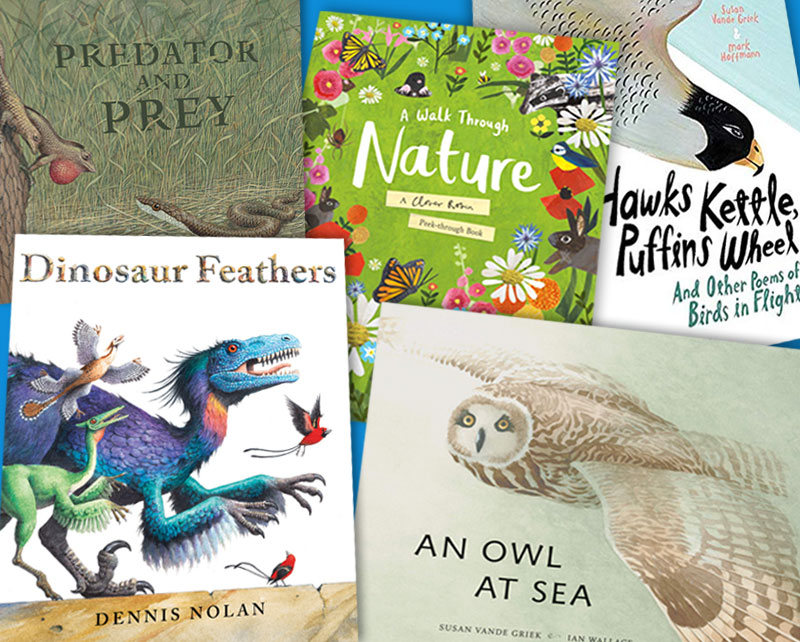New Kid by Jerry Craft is a Middle School Must-Read

Written by Jerry Craft
Published in 2019 by HarperCollins Children’s
ISBN: 978-0-06-269119-4
Book Review
“This is how I feel every single day of my life, like I’m falling without a parachute.” Meet twelve-year-old Jordan Banks, an African American boy from Washington Heights and new kid at the uber-privileged, prep school Riverdale Academy. In New Kid, Jerry Craft has taken the daily dramas of middle school life (cafeteria hierarchy, social anxieties, and tween hallway banter) to an arresting and devastatingly accurate new level. At Riverdale Academy, Jordan finds himself one of a few token students of color, where White teachers mistakenly mix up the names of African American students, and where being on financial aid becomes a social stigma. Balancing serious and light-hearted moments, Craft portrays the two worlds Jordan feels caught between: home in his predominantly Latinx and African American Washington Heights neighborhood in northern Manhattan and at school where buildings are named after his friend’s philanthropic grandfather, where salmon-colored shorts signify status, and where winter break means trips to Vail, Aspen, or Jackson Hole…not the local Chinese restaurant. Thoughtfully inclusive, Jordan’s friendships at Riverdale are from a diverse cast of characters despite the overwhelming Whiteness of the school’s population and school culture. Episodic-in-nature, New Kid portrays Jordan’s school year from beginning to end. The graphic novel format deepens the experience for middle grade readers to interpret the words, actions, and facial expressions of the characters, providing an additional layer of context for complex race and class dynamics. Jordan’s notebook sketches offer further insight into him as a character and add to the narrative in poignant ways. The sketch “Judging Kids by the Covers of Their Books” will give pause to teachers who may see their well-intentioned but sometimes misguided efforts to match books to readers based primarily on students’ skin color or class. Offering hope for a more socially conscious, kinder tomorrow, New Kid should be required reading for every middle schooler (and middle school teacher) before the start of every school year.
Teaching Ideas / Invitations for Your Classroom:
Grades 5-8
Close Reading of Illustrations. The graphic novel format gives readers multiple pathways for making meaning. Have your students individually or in small groups focus on one specific part of the narrative, and do a close reading of the illustrations. Support students with language for discussing graphic novel elements (i.e., panel, frame, foreground, midground, background, gutter, bleed) through an anchor chart that students can refer to throughout the study. See Scholastic’s Graphix Teachers Guide for tips on using graphic novels with students. Have them consider questions like: How do the size and shape of panels impact their interpretation of what is significant? How is color used? Why? How does Craft convey emotion? How do Jordan’s notebook drawings add to the narrative? Have students share their interpretations by presenting their thoughts informally to the class using a document camera to magnify their focal pages.
ADVERTISEMENT
ADVERTISEMENT
Graphic Book Clubs. Gather a variety of graphic books for students to explore in book clubs. At The Classroom Bookshelf, we have written about many graphic books, novels with graphic components, and graphic picture books for middle grade and middle school readers including graphic fictional books like Smile by Raina Telgemeier, Flora and Ulysses: The Illuminated Adventures by Kate DiCamillo, Lowriders in Space by Cathy Camper, Grace for Gus by Harry Bliss, and Snow White by Matt Phelan; graphic nonfiction books like Drowned City: Hurricane Katrina & New Orleans by Don Brown; and the graphic memoir March: Book Three by John Lewis. We also recommend graphic school stories and tween stories like Newbery Honor Award winner Roller Girl and All’s Faire in Middle School by Victoria Jamieson. Encourage clubs to discuss the storylines, social contexts, and themes, but also guide them to discuss the graphic elements of the book to share with other students. Support them to apply visual literacy skills based on their reading experiences with New Kid to discuss the use and absence of color, panel sizes and shapes, dialogue, caption boxes, and framing.
Composing Graphic Shorts. Extend student understanding of graphic novels, by having students create graphic short stories. Investigate online sources like this WikiHow page on how to create graphic novels. Have students first consider a story worthy of telling either from their own lives or from their imaginations or from a hybrid of both. Before planning, drawing, and writing, create a class list of Must-Haves and Can-Haves with student input to support their composing process. Encourage students to engage in a composing process that works for them. That may mean starting by storyboarding the illustrations first. That may mean first writing out the scene with dialogue. That may mean partnering with another student to plan the story together. When complete, have students present their stories to one another either by projecting them with a document camera, scanning them into a class blog, photocopying them for distribution, or by making them available in the classroom library for independent reading.
Self Literacy: Who Am I? Why Am I Me? New Kid is a story about the challenges of middle school life and Jordan’s continuously evolving identities. Questions like “Who am I?”, “Why am I me?”, “What is important to me?”, and “Who will I be?” are unstated but can be inferred by readers. Support students to identify moments in the story where Jordan seems to be wrestling with his multiple identities. Discuss the ways that Jordan is many things and that his identity is not static, despite the social pressures that make it feel that way. Open up the discussion for students to make connections to events in the story, the characters, and the ways in which their own identities are multiple and evolving. Consider having students create cultural x-rays for a character in the story as well as for themselves.
Family Dynamics and Friendships Create Authentic Conflict. Like any great narrative, New Kid is full of conflict between characters. Draw students’ attention to the various moments of conflict in the story that may mirror conflict in their own lives by narrowing student focus to family dynamics and friendship. In what ways are the conflicts fueled by social, racial, economic, and cultural differences? In what ways do the conflicts feel like mirrors for them as middle grade/middle school students? Support students to zoom in on the use of language to create conflict. What are the words characters say to one another that spark conflict? Deepen student understanding by having them use drama to reenact or reimagine these moments of conflict. Encourage students to reference precise moments in the text that they can refer back to when writing their own stories to convey conflict.
ADVERTISEMENT
ADVERTISEMENT
Falling Without a Parachute: Navigating Strong Emotions. On the first page of the book, Jordan explains that he feels like he is falling without a parachute. Discuss with students that language choice and the ways in which Jordan’s experiences across the book reveal these strong emotions and the feelings of insecurity that may mirror falling without a parachute. Give students an opportunity to do some freewriting in response to Jordan’s statement. Share with students the Mood Meter, a tool created by the Yale Center for Emotional Intelligence which gives students a way to share their mood and to notice patterns in themselves over time. At different points in the story, have students consider where Jordan and other characters may self-report where their mood is using the Mood Meter. Use New Kid as a way to launch a year-long focus on how books help us recognize and navigate our own strong emotions.
Tween Realistic Fiction Text Set. Seeing your life experiences in stories supports readers to make authentic connections, grow in stamina, and keep reading. We recommend gathering a variety of realistic fiction books for book clubs, book tasting events, and book talks. At The Classroom Bookshelf, we have written about many realistic fiction books where the characters represent a range of tween experiences that students may relate to including: Merci Suárez Changes Gears by Meg Medina, You Go First and Hello, Universe, both by Erin Entrada Kelly, The Way to Bea by Kat Yeh, The Seventh Wish by Kate Messmer, Fish in a Tree by Linda Mullay Hunt, Goodbye Stranger by Rebecca Stead, and Booked by Kwame Alexander.
Critical Literacy
Names and Other Markers of Identity: Understanding Microaggression. One of the most arresting patterns in the story is the way in which White teachers mistake characters of color for other characters by calling them by the wrong name. In particular, Drew is repeatedly mistaken as Deandre by Ms. Rawle, Jordan is mistaken as Maury, and even one of the teachers is mistaken as the football coach. Define the term microagression using Merriam-Webster or another source. Merriam-Webster defines a microagression as a “comment or action that subtly and often unconsciously or unintentionally expresses a prejudiced attitude toward a member of a marginalized group”. Have an open discussion about the impact microaggressions have on the characters of the story and what power and privilege have to do with who experiences microaggressions. Some students may experience microaggressions in their own lives or they may realize that they have been perpetrating microaggressions that they were unconscious of until reading this book. Consider as a class the actions students might take in their own lives as their consciousness is raised such as coming together as a class to commit to certain kinds of language or processes with one another when microaggressions occur. Support students with language they can use to address microaggressions openly such as: “When you said _____, it made me feel _____” and “You may not be aware of what you just said/did. You ____. In the future, ______.”
Living in Two Worlds: Exploring Setting. Jordan lives with his family in the neighborhood of Washington Heights, a real New York City neighborhood in northern Manhattan. Find a digital map and photographs of the neighborhood online to give students further context. You may want to engage in a class investigation into the history of the neighborhood and how it has experienced urban renewal and gentrification in the last decade. Explore with students the ways in which the neighborhood is portrayed in the illustrations and through the dialogue. How does Jordan change his persona and even his clothing when he rides the bus from Washington Heights to Riverdale? In what ways does his clothing signify who he is in the presence of others depending on where he is on his ride? Then, have students describe Riverdale Academy Day School, a fictional prep school with likeness to real private schools in New York City like Riverdale Country School and Ethical Culture Fieldston School. With upper middle school students, read “The Tale of Two Schools”, a New York Times Magazine article that in many ways documents the cultural, social, economic, and academic divides that Jordan feels living between his two worlds of home and school.
Further Investigations
Online Resources
Jerry Craft’s Site
New Kid Author Talk with Jerry Craft
New Kid Book Trailer
Blindfold Drawing Challenge with Jerry Craft
Scholastic’s Graphix Guide
WikiHow: How to Create a Graphic Novel
Mood Meter Explained
Mood Meter Video for Teachers
“Tale of Two Schools”, New York Times Magazine
Books
Alexander, K. (2016). Booked. Boston, MA: Houghton Mifflin Harcourt.
Bliss, Harry. (2018). Grace for Gus. New York, NY: Katherine Tegen Books.
Brown, D. (2015). Drowned City: Hurricane Katrina & New Orleans. Boston, MA: Houghton Mifflin Books for Children.
Camper, C. (2014). Lowriders in space. San Francisco, CA: Chronicle Books.
DiCamillo, K. (2013). Flora and Ulysses: The illuminated adventures . Somerville, MA: Candlewick.
Jamieson, V. (2015). Roller girl. New York, NY: Penguin Random House.
Jamieson, V. (2017). All’s faire in middle school. New York, NY: Penguin Random House.
Kelly, E.E. (2018). You go first. New York, NY: Greenwillow Books.
Kelly, E.E. (2017). Hello, Universe. New York: Greenwillow Books.
Hunt, L. M. (2015). Fish in a tree. New York, NY:, NY Nancy Paulsen Books.
Lewis, J. (2016). March: Book three. Marietta, GA: Top Shelf Productions.
Medina, Meg. (2018). Merci Suárez changes gears. Somerville, MA: Candlewick.
Messner, K. The seventh wish. New York, NY: Bloomsbury.
Pheloan, M. (2016). Snow White. Somerville, MA: Candlewick.
Stead, R. (2015). Goodbye stranger. New York, NY: Wendy Lamb Books.
Tegemeier, R. (2010) Smile. New York: Graphix, an imprint of Scholastic.
Yeh, K. The way to Bea. Boston, MA: Little, Brown Books.
Filed under: Comics & Graphic Novels, Fiction
About Katie Cunningham
Katie is a Professor of Literacy and English Education at Manhattanville College. There she is also the Director of the Advanced Certificate Program in Social and Emotional Learning and Whole Child Education. Her work focuses on children’s literature, joyful literacy methods, and literacy leadership. Katie is the author of Story: Still the Heart of Literacy Learning and co-author of Literacy Leadership in Changing Schools. Her book Start with Joy: Designing Literacy Learning for Student Happiness will be released September 2019. She is passionate about the power of stories to transform lives.
ADVERTISEMENT
ADVERTISEMENT
SLJ Blog Network
Name That LEGO Book Cover! (#53)
Cover Reveal and Q&A: The One and Only Googoosh with Azadeh Westergaard
Exclusive: Vol. 2 of The Weirn Books Is Coming in October | News
Fighting Public School Book Bans with the Civil Rights Act
Take Five: Middle Grade Anthologies and Short Story Collections
ADVERTISEMENT



